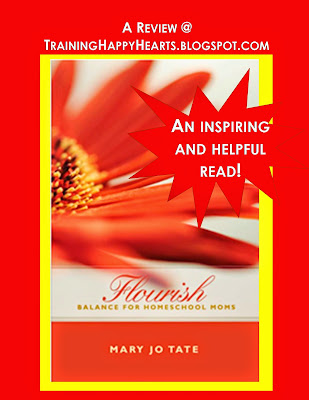At the end of the retreat, as I sat quietly for a moment in one of the beautifully appointed, yet oh so comfortable, sitting rooms of the McMahon Retreat House, I looked across the room and saw this vignette.
Peace
I thought to myself how lucky we all are to have
Mary, our Mother, Queen of Heaven, praying for us, doling out graces, compelling us to model after her ready “yes” and her abundant love.
I recognized how Our Lady guides me in my own motherhood and how important it is for me, as a mother, to take quiet moments like the one I was in the midst of to allow myself to be refreshed, basking in God’s divine love.
I knew one gift I would leave the retreat with - peace.
I recognized how Our Lady guides me in my own motherhood and how important it is for me, as a mother, to take quiet moments like the one I was in the midst of to allow myself to be refreshed, basking in God’s divine love.
I knew one gift I would leave the retreat with - peace.
Sacrifice
My eyes then fell to a light that sat below the statue of Mary: a simple one with a cross design that reminded me of Christ and his sacrifice for us while also pointing my thoughts towards the Resurrection. Jesus Christ gone for the cross, risen, and loving us for all eternity.
In gratitude I sat, thanking God for his
mercy and for the hope he offers to each of us every single day if we just turn towards him. I also thought of the enormous sacrifice he made for us and the small sacrifices my family made which allowed me to go on the retreat.
I wondered what sacrifices I might be called to make in the coming week - and knew I was going home with a heart welling to make them.
I wondered what sacrifices I might be called to make in the coming week - and knew I was going home with a heart welling to make them.
Growth
As beautiful as the birdsong I was hearing in mind was were the flowers that burst with joy from the mouth of vase. Some were just budding, others were open in their full glory. Each held individual interest and - together - their collective beauty was striking.
As I gazed at the flowers, I thought of each of the speakers and participants of the retreat weekend that I had been blessed to spend time with throughout the weekend. Each brought unique talent or stories to share; each had made sacrifices to be a part of the retreat; and, all, I prayed, would be returning home filled with a renewed spirit to balance home life and a desire to go out into the world sharing talents serving the Lord through joyful and consistent work.
Then, I thought about the individuals I was going home to – my children and my husband. Each growing with unique gifts. Each inviting me to grow as a wife and mother.
Chocolate
With the gifts of internal peace, a willingness to sacrifice, and a desire to grow tucked into my heart, I left the sitting room of the McMahon House and went to rejoin others for the final hour of our retreat. Then, as I put my things in my minivan to take home, I made sure to tuck in some physical gifts, too - chocolate!
The nuns at the the abbey make the most delicious chocolate which can buy in their gift shop or order online to enjoy. My children have already devoured all the chocolate I brought home!
Peace, sacrifice, growth... chocolate! These are all gifts I brought home from my weekend retreat. What gifts have you received this weekend and what can you gift forward?
<

































